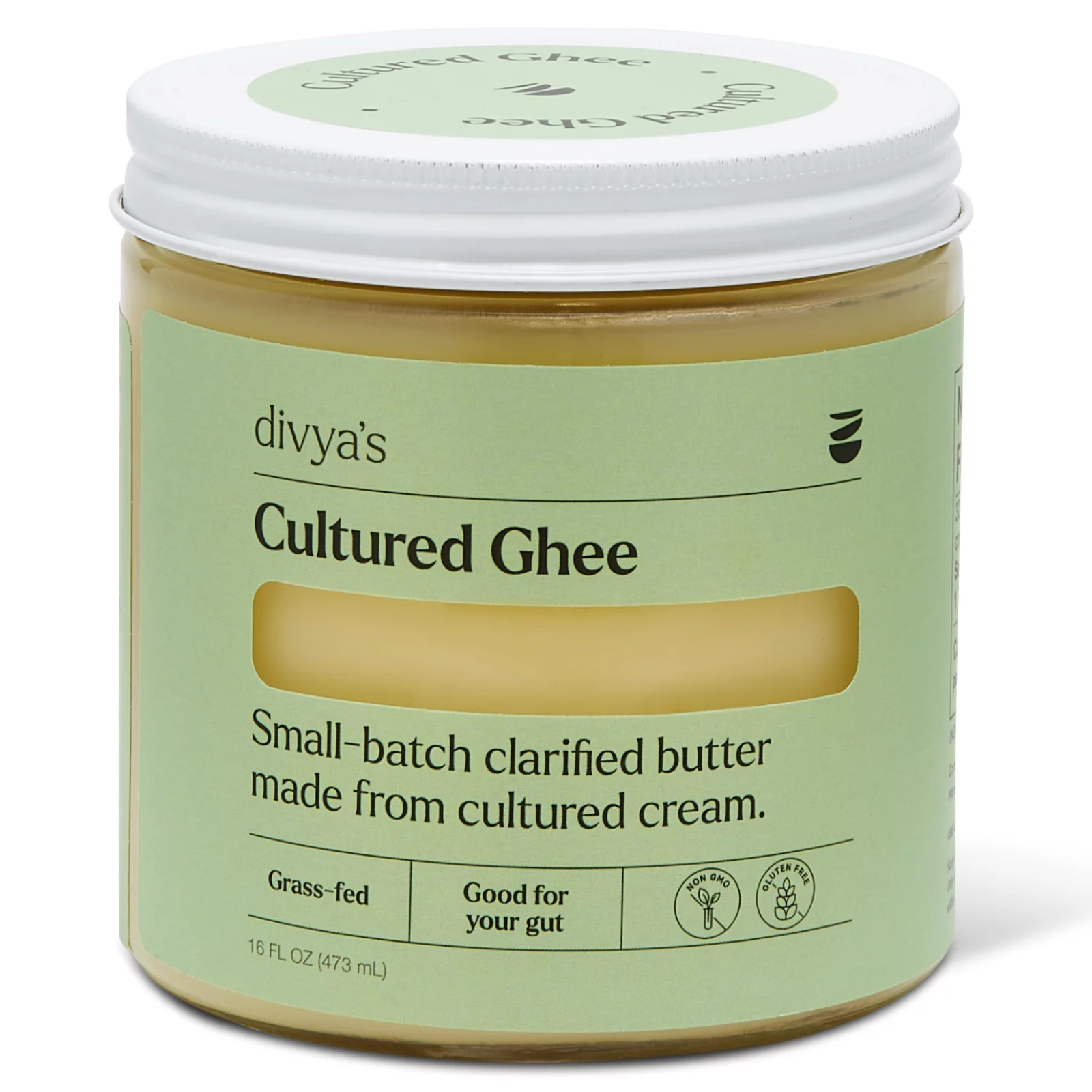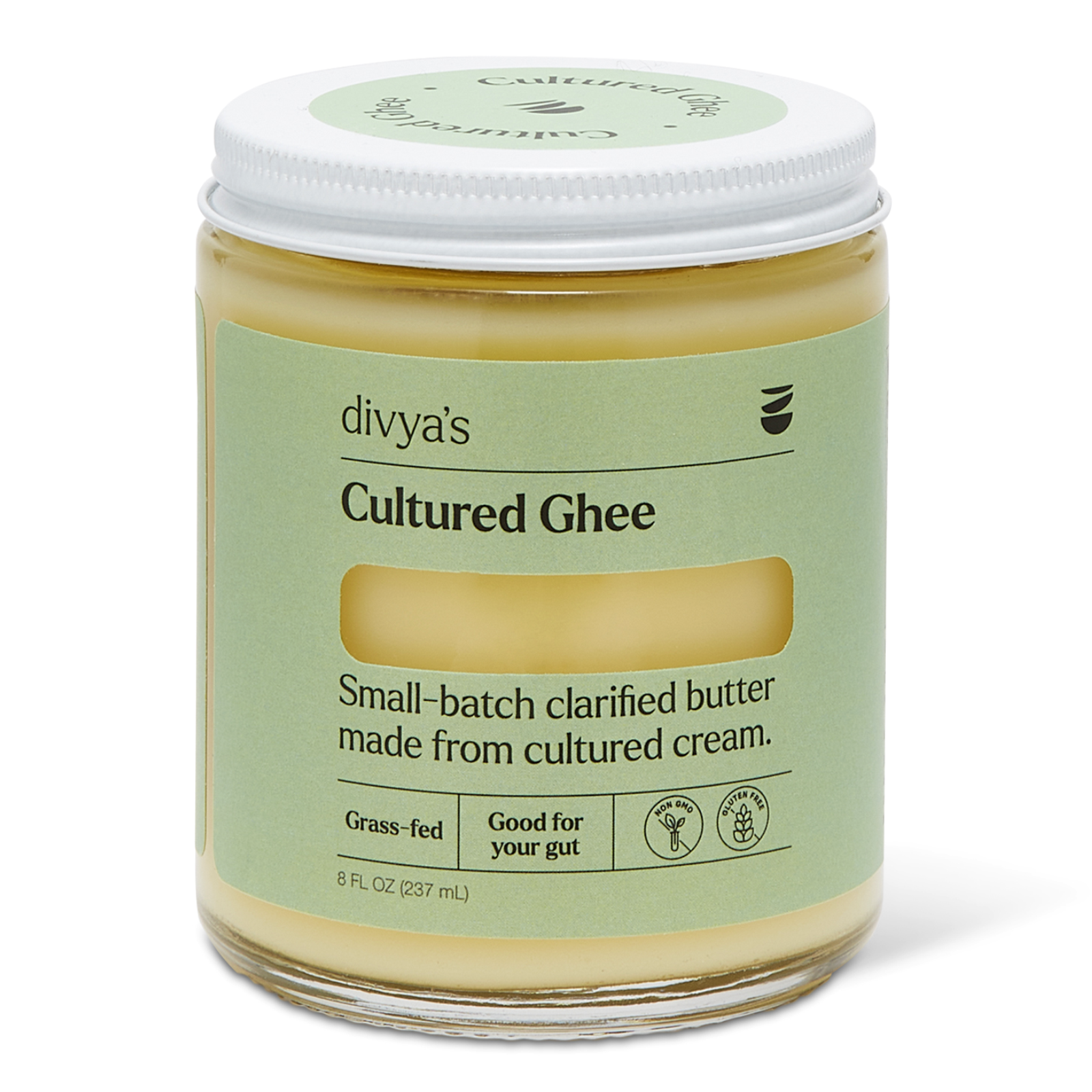Ingredient Spotlight: Ghee
Dec 30thIf Divya had to choose one staple she couldn’t go without, it would be ghee. In this article she explains its properties and healing benefits, as well as tips for sourcing the highest quality ghee.
- SHARE:
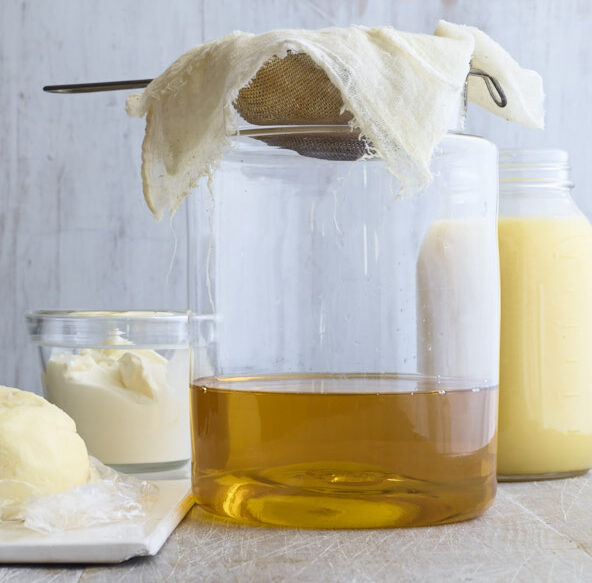
Ghee
From Joy of Balance by Divya Alter (Rizzoli 2022)
I often wonder why the ancient Ayurvedic doctors hailed cultured ghee as the best cooking fat, yet today so many people don’t know about it. This superior clarified butter has probably lost its glory throughout the centuries as cheaper cooking oil alternatives have flooded the food market. Nevertheless, cultured ghee continues to be the healthiest source of edible fat for humans. It is my number one food for promoting longevity, and I cook with it every day. If you are accustomed to cooking with butter, you will not be disappointed by cultured ghee because it will deliver the same enticing buttery flavor, but it will feel much lighter in your body.
Ghee is an exceptional carrier, taking herbs and fat-soluble vitamins (A, D, E, and K) to their desired cellular targets in the body. The ancient doctors recognized its bioavailability and used it in thousands of Ayurvedic herbal formulations.
Modern studies confirm that cultured ghee is the food with the highest source of butyric acid, the component that nourishes the gut microbiome, wards off bad bacteria, seals leaky gut, and boosts natural stem cell production. Cultured ghee from grass-fed cows is also very rich in conjugated linoleic acid (CLA), which helps reduce body fat. Yes, cultured ghee can help you lose weight! Even though it is a saturated fat, it does not raise bad cholesterol levels. Moreover, cultured ghee has shown to slow down aging and cellular degeneration.
Cultured ghee is a multistep process: first heavy cream is cultured and fermented into a thick yogurt, then it is churned into butter, and finally it is cooked into ghee (see recipe in What to Eat for How You Feel). This cultured form of ghee has superior attributes and healing proper- ties compared to uncultured ghee, which is the predominant type on the market today. Cultured ghee is lighter to digest and does not build unnecessary fat tissue. Below I present the properties of cultured ghee.
SANSKRIT NAME • Ghrita
AYURVEDIC ATTRIBUTES
Taste • sweet
Qualities • heavy, oily
Metabolic Effect • cooling
Post-digestive Effect • sweet
Dosha Effect • balances all three doshas, although Kapha needs less of it
Healing Benefits •restores vitality, enhances vision, kindles agni, lubricates the channels in the body, prolongs life, nourishes the brain, supports healthy hormone production and more
SOURCING
• Not only does your health benefit most from making your own ghee, it is also more economical. In the US, you can find several brands of cultured ghee including my own brand, Divya’s. We make cultured ghee following the traditional Ayurvedic recipe and I stand by its high quality. However, I encourage you to try multiple brands and see which one you like the most. Making cultured ghee is a lengthy process; that’s why it is more expensive than conventional ghee which is derived from sweet butter (skipping the cream-culturing process).
• The best quality ghee is made from organic cream that comes from happy grass-fed A2 cows. As a saturated fat, ghee solidifies at temperatures below 90°F. The healthy color of hardened ghee is a light to rich yellow and, when melted, the ghee should look like liquid gold. Discard ghee of whitish color, which is a sign that it has gone rancid.
• Ghee is a precious substance with a long shelf life. Protect it by keeping it in a dark and dry place (do not refrigerate it), and always use a dry spoon to scoop it out of the jar. Even a drop of liquid can spoil the ghee.
SEASON
• Ghee can be used throughout the year. Increase consumption in the fall and winter to counteract the dryness in the environment—it will moisturize your body on the inside. Use less of it in the spring and summer.
DIGESTABLITY
• Cultured ghee kindles agni, so it is a digestive by itself, but it still remains a fat that the body needs to break down. Solid ghee is clogging and bile-thickening; therefore, food with ghee should be eaten warm.
COOKING TIPS
• Ghee has a high smoke point of 485°F and is suitable for all methods of cooking, including pan frying and roasting.
• Always heat ghee over low to medium heat and be watchful to protect it from smoking or burning (if that happens, discard it and start again).
• Do not reuse ghee that is left over after cooking it in any way.
• You can use ghee instead of butter in all recipes. The slight exception is with pie dough—ghee will work but the pie crust will be less flaky.
COOK WITH GHEE WHEN YOU WANT TO:
• feel grounded and satiated
• calm your nervous system
• increase physical and mental stamina
• enhance the complexion and glow of your skin
• slow down aging
• improve your memory and learning ability
CONTRAINDICATIONS
Do NOT consume ghee if:
• you have chronic liver or kidney disease
• you are experiencing an alcohol hangover
• you have a sciatica pain attack
Recommended Products
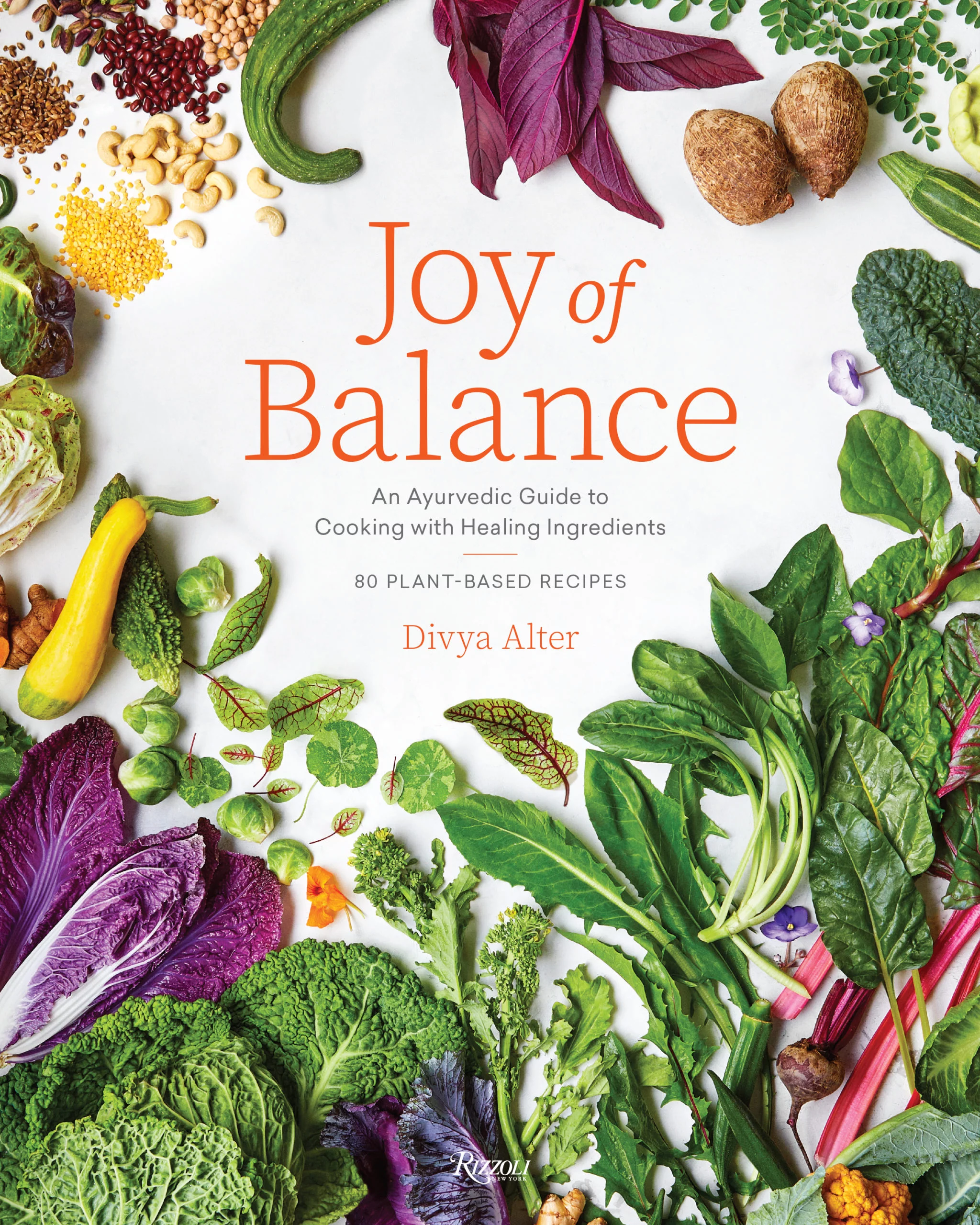
Ingredient Spotlight: Ghee
If Divya had to choose one staple she couldn’t go without, it would be ghee. In this article she explains its properties and healing benefits, as well as tips for sourcing the highest quality ghee.
$39.95–
Add to cart
Joy of Balance, by Divya Alter
Order Divya’s new cookbook now.

Ingredient Spotlight: Ghee
If Divya had to choose one staple she couldn’t go without, it would be ghee. In this article she explains its properties and healing benefits, as well as tips for sourcing the highest quality ghee.
$39.95–
Add to cart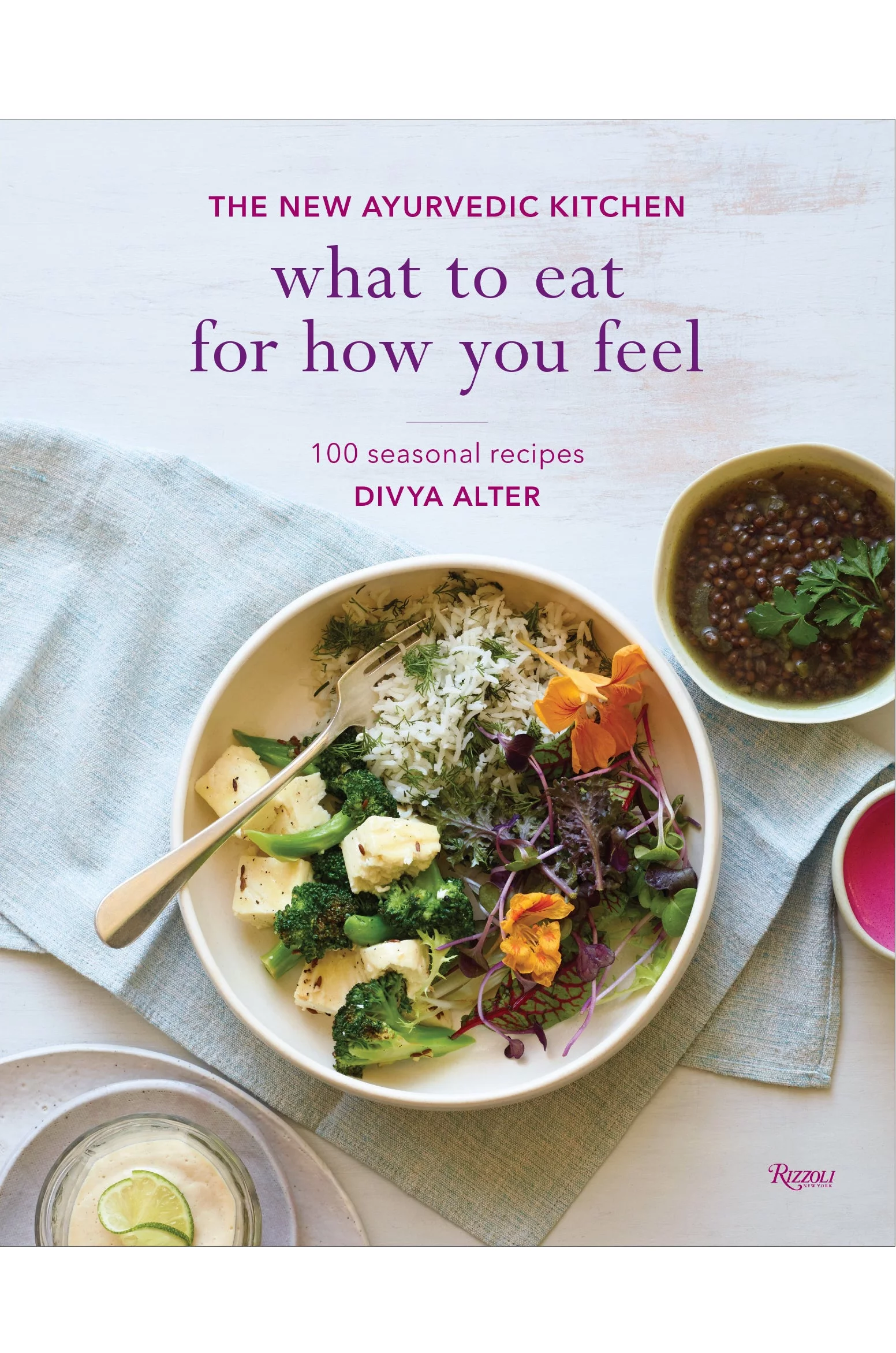
Ingredient Spotlight: Ghee
If Divya had to choose one staple she couldn’t go without, it would be ghee. In this article she explains its properties and healing benefits, as well as tips for sourcing the highest quality ghee.
$39.95–
Add to cart
What to Eat for How You Feel, by Divya Alter
Learn the essential concepts and techniques of Ayurvedic cooking. Featuring 100 seasonal recipes.

Ingredient Spotlight: Ghee
If Divya had to choose one staple she couldn’t go without, it would be ghee. In this article she explains its properties and healing benefits, as well as tips for sourcing the highest quality ghee.
$39.95–
Add to cart








